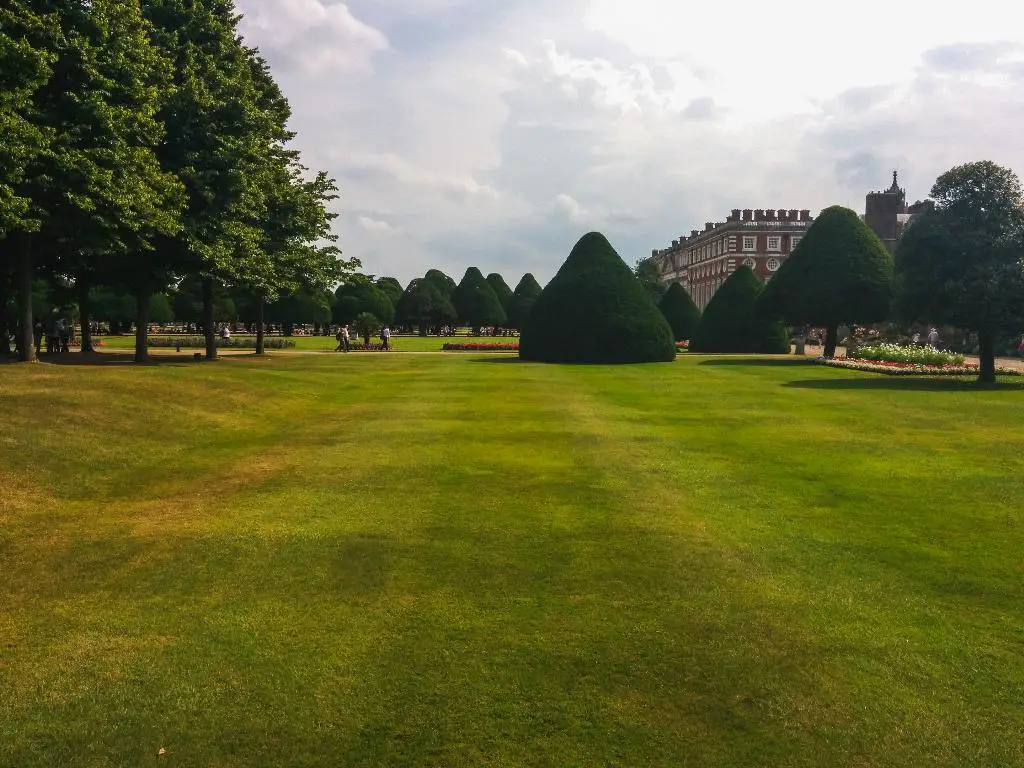One of the keys to achieving a vibrant and green lawn is to start by testing your soil. Understanding the composition of your soil is crucial as it provides the foundation for healthy grass roots to thrive. By testing your soil, you can determine its nutrient levels and pH balance, allowing you to make informed decisions about the type of fertilizer and amendments your lawn might need.
When it comes to fertilizing your lawn, selecting the right type of fertilizer is essential in promoting healthy grass growth. Choose a fertilizer that is specifically formulated for the type of grass you have and consider using organic options that are gentle on the environment. By feeding your lawn with the proper nutrients, you can encourage lush greenery and strong root development.
Another important aspect of maintaining a green lawn is controlling weeds and unwanted insects. Weeds compete with your grass for essential nutrients, water, and sunlight, hindering its growth. Regularly inspect your lawn for weeds and treat them promptly to prevent them from spreading.
Additionally, consider using grass seed to fill in bare patches or improve the overall density of your lawn. Choose high-quality grass seed that is suitable for your region and climate. Overseeding can help promote a thick, green lawn and reduce the chances of weed growth.
Proper watering is crucial for the health of your lawn. Deep, infrequent watering encourages deep root growth and drought tolerance. Water your lawn early in the morning to minimize evaporation loss and prevent fungal diseases. Adjust your watering schedule based on weather conditions and the needs of your grass.
Aerating your lawn is another effective way to promote a green and healthy turf. Aeration helps reduce soil compaction and allows air, water, and nutrients to reach the grassroots. Consider aerating your lawn annually to enhance its overall health and vitality.
Regularly sharpening or replacing your lawn mower blades is important for maintaining a green lawn. Dull blades can tear the grass instead of cleanly cutting it, leading to browning and stress. Keep your mower blades sharp to ensure a clean cut that promotes healthy blade growth and a vibrant appearance.
In conclusion, achieving a green lawn involves a combination of factors, including soil testing, proper fertilization, weed control, seeding, watering, aeration, and mower maintenance. By following these guidelines and staying consistent with your lawn care routine, you can enjoy a lush, green lawn that enhances the beauty of your outdoor space.

